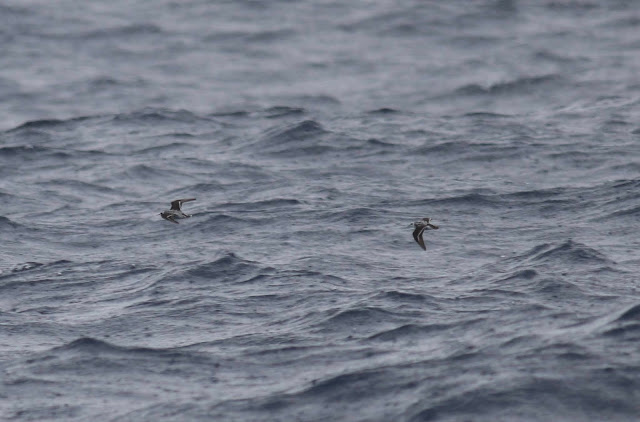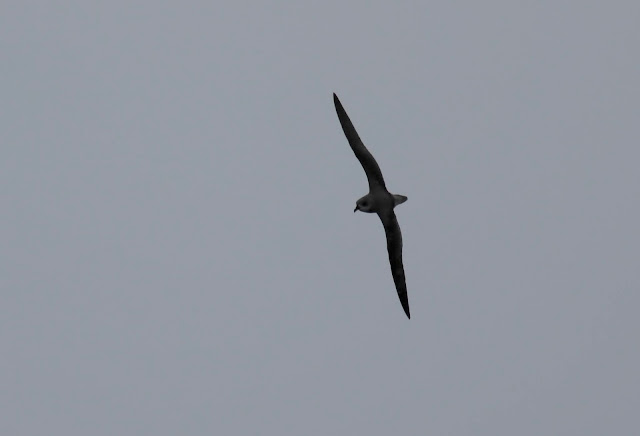On this day at the Muyil Archeologic site I lifered multiple times, but this bird was my last and best. I ended up seeing many more, but the first time is usually the most memorable. Not only is this species especially conspicuous in coloration, it has a crazy sounding call and draws attention by swaying its tail like a pendulum.
Monday, August 31, 2020
Turquoise-browed Motmot (Eumomota superciliosa) - 15Apr2019 & 19Apr2019
Tawny-winged Woodcreeper (Dendrocincla anabatina) - 15Apr2019 & 16Apr2019
Woodcreepers are curious species as many of them are quite large and you would think conspicuous considering they crawl along tree trunks. However, in my experience they are actually difficult to spot and usually are not found until you see them flying from one truck to the next. This Tawny-winged Woodcreeper was photographed at the Muyil Archeologic site near Tulum in the Yucatan, MX.
Here was another one from the same place on the next day! Maybe the same one actually.
White-bellied Wren (Uropsila leucogastra) - 15Apr2019
This particular bird gave me some trouble with ID at the time but after seeing another later in my trip and hearing its song, I was able to confirm. The trouble originated by my tendency to ID birds based on my photos and comparing against field guides after the sighting is over. The trouble with this photo was the leaf superimposed on the shoulder gave it a greenish hue. Later I realized that the bird was not greenish at all and it was simply a photo artifact. This photo was taken at Muyil. This site only has a few possible wrens without spots including an interesting subspecies of Carolina Wren, but I didn't see that.
Yellow-Olive Flycatcher (Tolmomyias sulphurescens) - 15Apr2019
This was yet another lifer from my trip to the Yucatan. Although it is somewhat unassuming, I was grateful that it provided me with such good looks and it made up for its lack of flashiness with curiosity and character. This particular bird seen at the archeological site of Muyil was collecting nesting material. Many birds in this region breed out of typical northern hemisphere time frames, but this resident was right in synch with the migrants.
Green-backed Sparrow (Arremonops chloronotus) - 15Apr2019
One of the few birds singing this particular morning in the forest south of Tulum, it took a while for me to actually locate it. It's always frustrating looking for an incessantly singing bird that sounds close but remains hidden, until it is found of course which makes it all the more satisfying. This particular site (Muyil) was extra fun because there were archeological structures blending in with the jungle mixed in with birds. Most of the archeological sites we visited were crawling with tourists and the manicured grounds stole the authenticity of the places. Muyil was covered in vines and built in the jungle so it felt very real and that a Mayan would jump out from behind something at any moment.
Friday, August 28, 2020
Cozumel Emerald (Chlorostibon forticatus) - 14Apr2019
This beauty was found only in the last couple hours on Cozumel and I was freaking out as it was the last endemic I needed and could not find it anywhere. I knew roughly where on the island they were, but I did not research enough and was in a panic as I ran out of road and the wife and kids were about done with my search. As I passed an opulent hotel with flowers adorning the entrance, I knew it was my last chance and luckily it happened.
Yellow-bellied Elaenia (Elaenia flavogaster) - 14Apr2019 & 28Jul2019
Update: I ended up getting better photos of this species on my trip later in 2019 to Colombia. This one was photographed at the Universidad del Norte in Barranquilla, which is also the home of Shakira.
Elaenias can be tricky but luckily Cozumel doesn't get too many so its fairly easy to differentiate them. This Yellow-bellied Elaenia stayed hidden under the canopy which made it difficult to get a true feeling for color, but other field marks including the raised crest gave it away.
Thursday, August 20, 2020
Antillean Nighthawk and Friends (03-18Aug2020)
Is it Xmas? I have added 2 North Carolina life birds in the past 2 weeks. In my last post I added Pacific Golden Plover which also happened to be a world lifer. This time I was chasing an Antillean Nighthawk also at Cape Point on the outer banks (OBX). To be honest I think I heard this bird call two weeks prior to it being found but I never trust my ears too much especially when I don't have my hearing aids in. I only wear hearing aids for high pitch hearing loss so only put them in when birding and even then more in Spring than Summer. When I chased the Pacific Golden, I was camping in the campground where this bird was found and thought I heard a different bird in the mix of nighthawks. Josh S was smart enough to question what he was hearing last week and landed on Antillean. The call is quite different in more than one way (tone, cadence and pattern). Anyhow, let's look at some pics over the past couple weeks since the Pacific post.
First up some pics just prior to Hurricane Isaias which was a major disappointment on the bird front. Most of the decent birds were actually in the day leading up to the storm. Here are some pics from Carolina Beach Lake where they drained the water to prep for the storm.
When Isaias hit us in Wilmington overnight, it was pretty much a direct hit and on the cusp between Tropical Storm force and a Cat 1 Hurricane. Based on that I was hoping we would get some nice storm birds so I planned to get up early and bird after the storm. This was the second storm I completely slept through although my wife said it was really strong and scary. My initial plan was facilitated by the fact that we lost power and I couldn't have worked even if I wanted to. Luckily we didn't lose any trees which is more than I say for neighbors. I tried heading to Carolina Beach and Fort Fisher but unfortunately the Snow's Cut bridge was closed which is always the problem with storm birding around here. The best place to bird after a storm are the beaches but the bridges are all closed after storms.. So I headed to a pier on the Cape Fear River near Riverwatch and waited. Lots of common terns (Common, Forster's, Royal, Least) but little else was flying by. Finally when they allowed us to cross it was after noon and the birding was subpar. I headed to the Fort Fisher Spit and the gate was closed so I decided to hoof it out to the first cut. It had just been high tide so I was hoping for birds to be aggregated at the cut. I did find a large number of birds but nothing rare.
Black-necked Stilt was a year bird.
We did get power back in the afternoon and I was back to work!
On a random day in the middle of August while working from home I noticed a flash of yellow outside my window and was a little surprised to have a Yellow Warbler! Migration has started and it was quite a good yard bird for me.
Wilson's Phalarope!
Piping Plover - I will need to send in the band info to see where this little guy was banded.






















































































